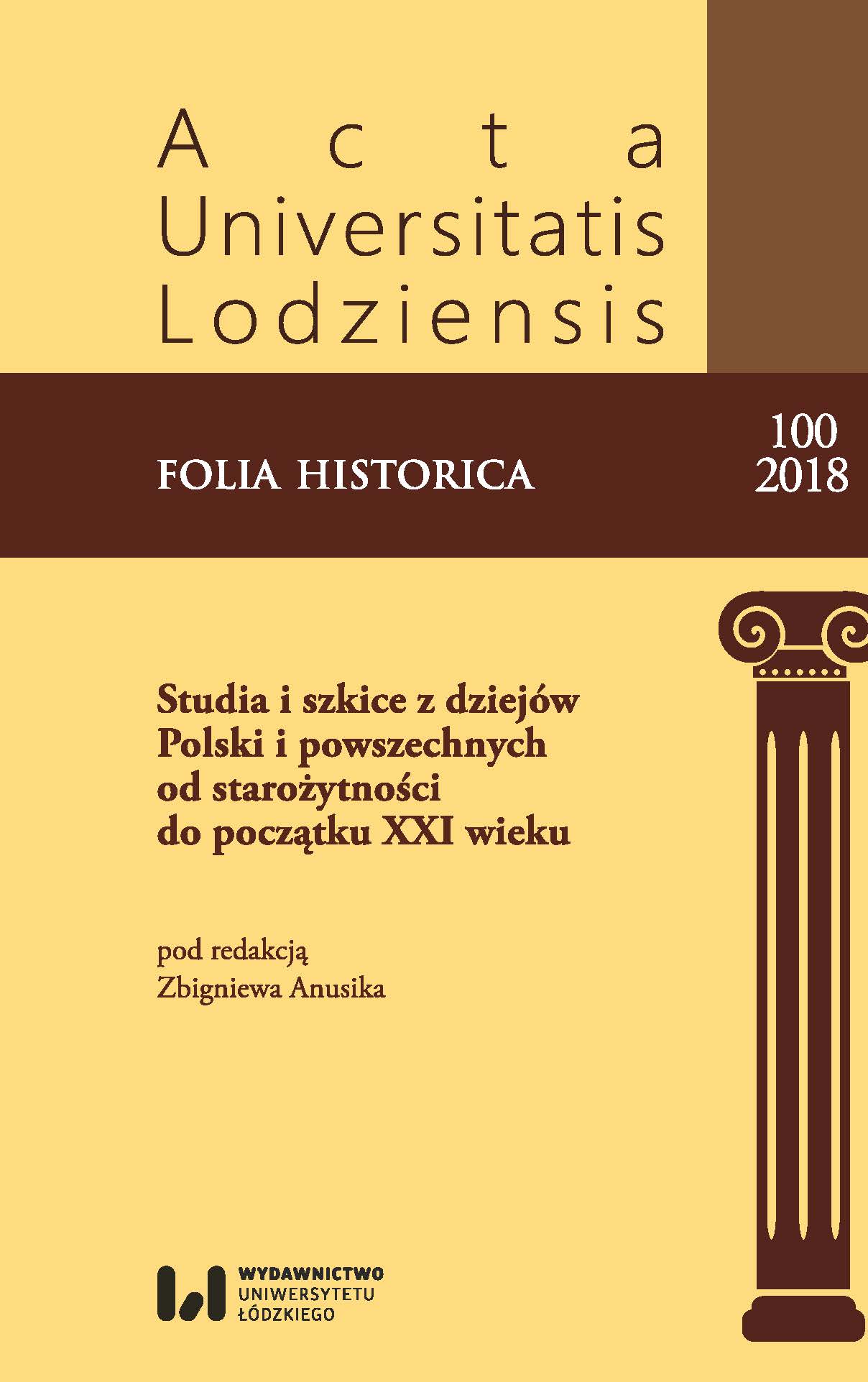Późnogotycka architektura Portugalii jako symbol wypraw morskich
The late-Gothic architecture of Portugal as a symbol of sea expeditions
Author(s): Patrycja WaśkowiakSubject(s): History, 15th Century, 16th Century
Published by: Wydawnictwo Uniwersytetu Łódzkiego
Keywords: architecture; gothic; renaissance; manuelinian style; Portugal; architektura; gotyk; renesans; styl manueliński; Portugalia
Summary/Abstract: On October 25, 1495, Manuel I the Lucky enters the throne of Portugal. This king, continuing the policy of his predecessor, John II, intensively financed commercial sea fishing expeditions. They contributed to the extraordinary enrichment and expansion of the empire, which undoubtedly became the power of the then world. Along with this began a new era in the history of Portugal, which affected almost all aspects of the state, including late Gothic architecture, which was decorated with peculiar ornaments inspired by marine fauna and flora and sailing elements. Dnia 25 października 1495 r. na tron portugalski wstąpił Manuel I Szczęśliwy. Król ten, kontynuując politykę swojego poprzednika, Jana II, intensywnie finansował wyprawy morskie o charakterze handlowym. Przyczyniły się one do niezwykłego wzbogacenia i rozbudowy imperium, które niewątpliwie stało się potęgą ówczesnego świata. Rozpoczęła się wówczas nowa epoka w dziejach Portugalii, która wpłynęła na niemal wszystkie aspekty państwa, włączając w to późnogotycką architekturę, która zdobiona była osobliwymi ornamentami inspirowanymi morską fauną i florą oraz elementami żeglarskimi.
Journal: Acta Universitatis Lodziensis. Folia Historica
- Issue Year: 2018
- Issue No: 100
- Page Range: 21-30
- Page Count: 10
- Language: Polish

